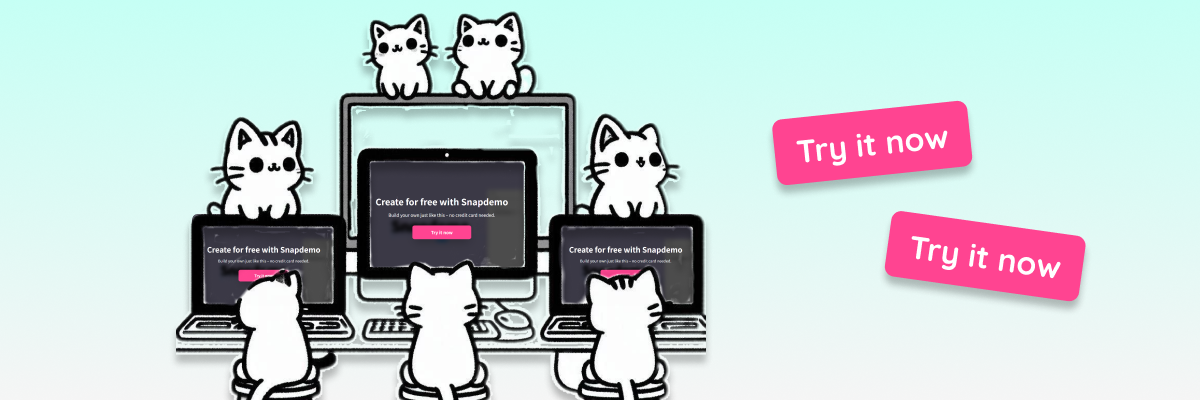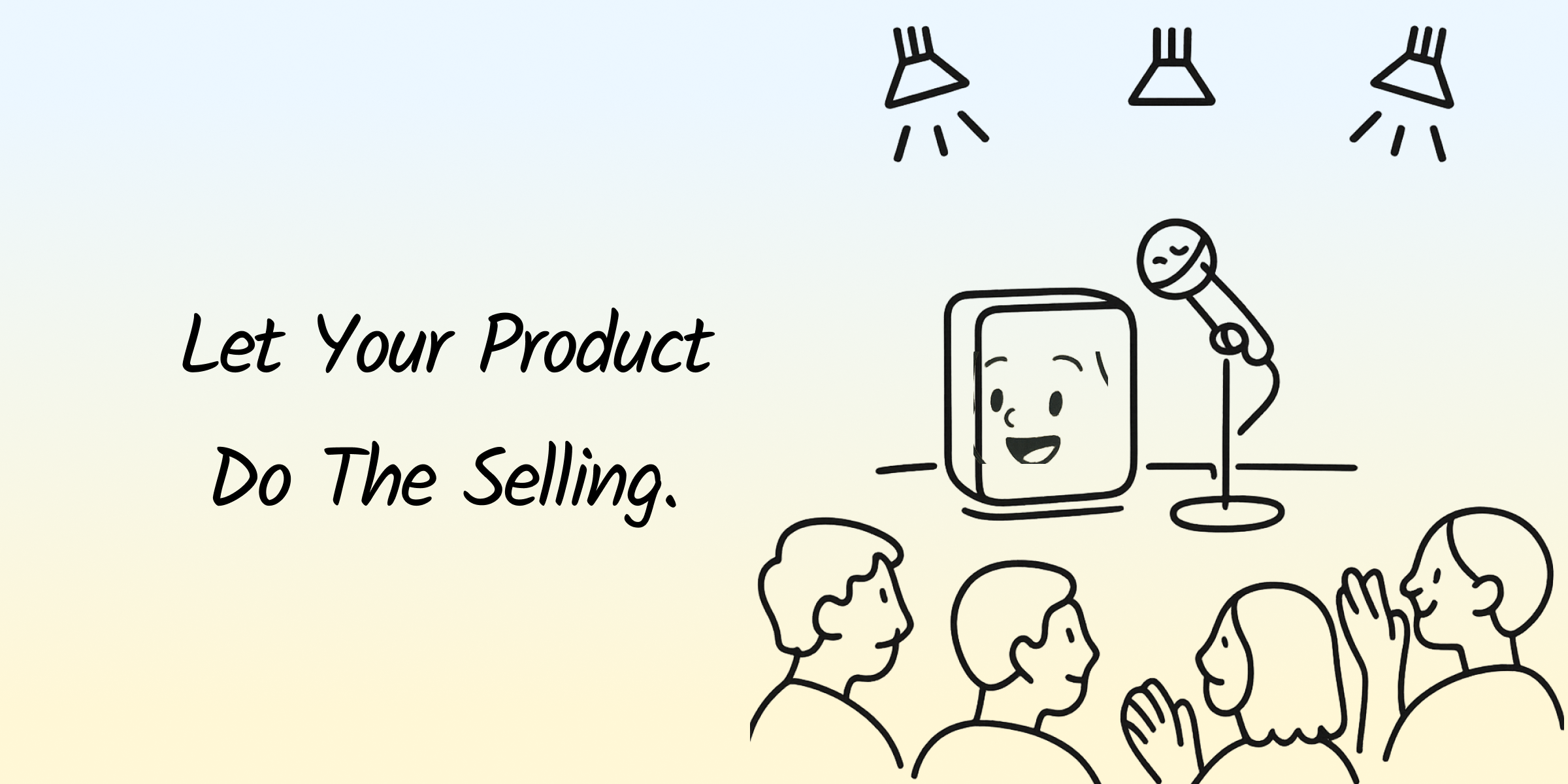The best sales moments don’t need a calendar invite.
A few months ago, I sent out a cold email for a small tool I had built—and I was really proud of it.
I personalized the intro, kept the pitch short, added a product overview, and included a quick Loom video. It felt like the perfect combo.
The result?
Crickets.
No replies. No views. Zero feedback.
At first, I blamed timing, subject lines, maybe even email delivery issues. But after the fourth time this happened, I realized the real issue:
People just don’t want to look at our sales materials anymore.

Attention is limited. Sales tactics need to adapt.
Your potential customers are slammed. They’re juggling Slack messages, back-to-back meetings, and way too many browser tabs.
So when you ask them to “book 15 minutes” or “watch a quick video”, it can feel like too much—especially early on, when interest is low and skepticism is high.
But here’s the good news:
There’s a better way to spark interest—without hijacking their time.
It’s called interactive sales tools.
What are interactive sales tools?
Interactive sales tools let your prospects explore or experience your product on their own time—no calls, no signup forms, no long videos required.
Think of them like:
- 📧 Mini product demos embedded in your email
- 🖱️ “Try it yourself” widgets on landing pages
- 🔗 Shareable click-through experiences
Not mockups. Not screenshots. Actual clickable, hands-on mini experiences—with just enough guidance to help them get it.
No more “I’ll check this out later.”
No more “Can you resend that link?”
Just pure, simple product experience.
Why do they work so well?
Here’s why interactive sales tools are quickly becoming a must-have in modern sales:
1. They reduce friction.
You’re not asking for anything—no meeting, no signup, not even any coding. Just a quick interaction that sparks curiosity.
2. They meet people where they are.
You’re not forcing them into your sales process. They explore when they want to—whether it’s midnight or in between meetings.
3. They boost engagement.
People remember what they do, not just what they’re told. Interactive demos are naturally more memorable.
4. They scale easily.
You can send the same link to 1,000 prospects. It still feels personalized. Still feels tailored. And you don’t have to join every call.
Real-world ways to use interactive sales tools
Let’s get practical. Here’s where these tools really shine:
🔹 Cold outreach
Swap “book a demo” with “click here to try it yourself.”
🔹 Landing pages
Let people experience the value before they bounce.
🔹 Post-discovery follow-ups
Send a short, self-guided demo to keep the conversation going.
🔹 Investor decks or hiring pages
Let people interact with your product—not just read about it.
In short: if you often have to explain your product, you can benefit from using interactive sales tools.
A small idea that became a bigger solution
When chatting with other founder friends, we realized we were all running into the same thing: demo flows were too long, too clunky. It wasn’t that people weren’t interested—they just hadn’t gotten around to looking.
They weren’t rejecting the product. They were getting lost in delays, processes, and time zones.
There are lots of ways to do product demos, but we started wondering:
What if there was a lighter way—something people could try instantly, without booking a meeting, creating an account, or watching a full video?
That’s how Snapdemo was born.
But honestly, that was just one spark. These days, with the rise of AI, there are already plenty of great tools tackling sales process challenges. But at its core, the real problem is how to tell a compelling product story. Sales isn’t just about selling—it’s about making sure every team is aligned to tell that story clearly and consistently. The bigger motivation behind Snapdemo came from our obsession with helping teams do that—telling a better, clearer product story, together.
Different teams often speak in different “languages.” I’ve felt that firsthand—even with the founder (I’m the co-founder), who’s more technical, while I focus more on product. We’d sometimes talk past each other. So we started looking for a simple, real way to stay aligned—and to help others do the same.
You don’t need to go full PLG to benefit
You don’t need to tear down your whole sales funnel or fully commit to product-led growth to get started.
Even adding a tiny interactive touch—like a “try it now” button on your homepage—can make a big difference in engagement.

The key thing to remember:
Interactive sales tools aren’t replacements. They’re enhancers.
They quietly plug into your emails, pages, and DMs—and help show your product when you can’t be there to do it yourself.
Give it a try, even if it’s not Snapdemo
This isn’t a hard sell (okay, maybe a light nudge 😉), but really—try creating something interactive.
Use a simple tool to build a basic click-through experience that lets your prospects feel what you’re offering.
Because when someone understands your product faster, they trust you faster.
And trust—more than anything else—is what moves deals forward.
TL;DR
• Traditional sales materials (PDFs, videos, calls) create friction
• Interactive tools reduce that friction by letting people explore at their own pace
• Use them in emails, landing pages, follow-ups
• Tools like Snapdemo make it easy—no code, no credit card, free trial
• Start small, iterate, and watch engagement grow

